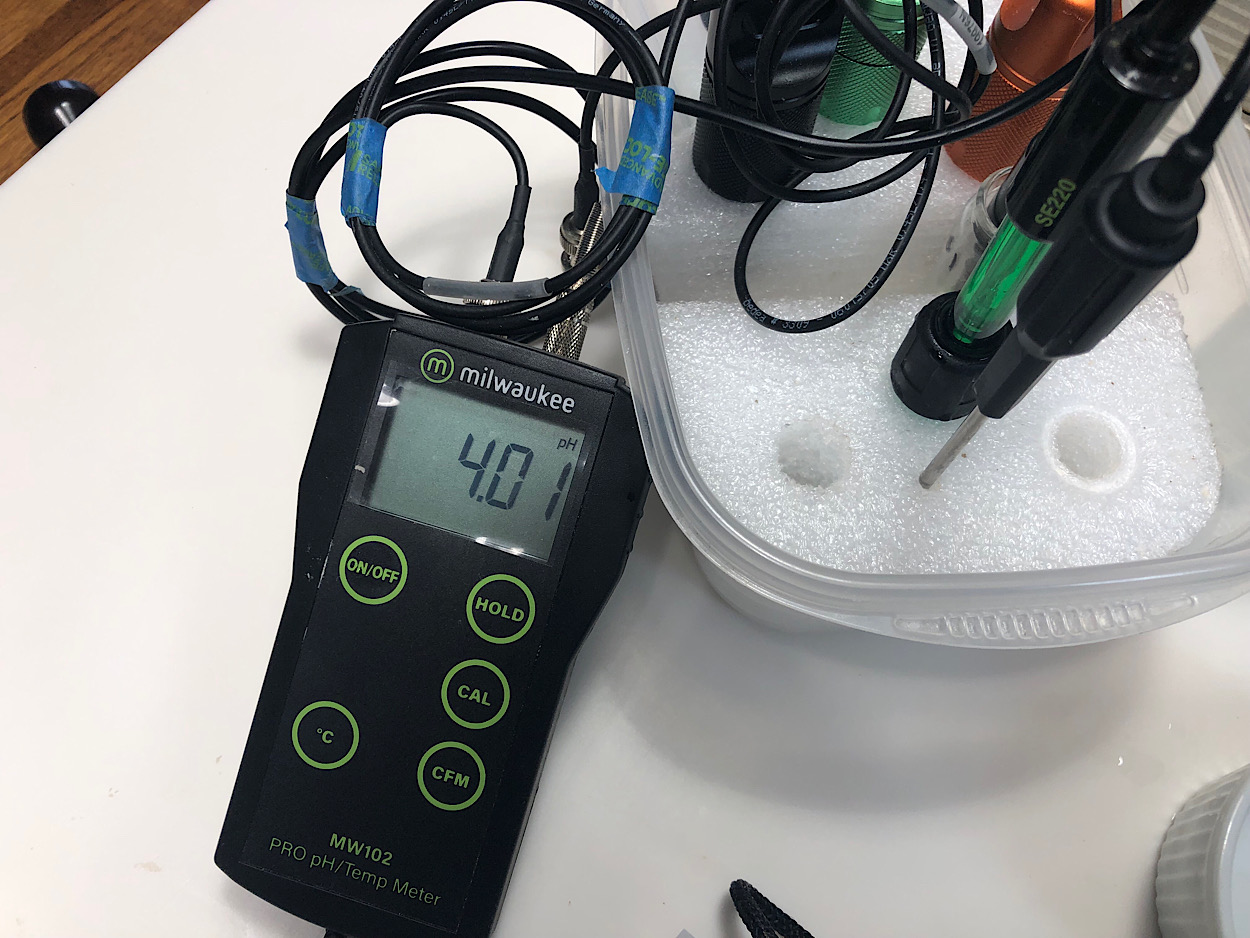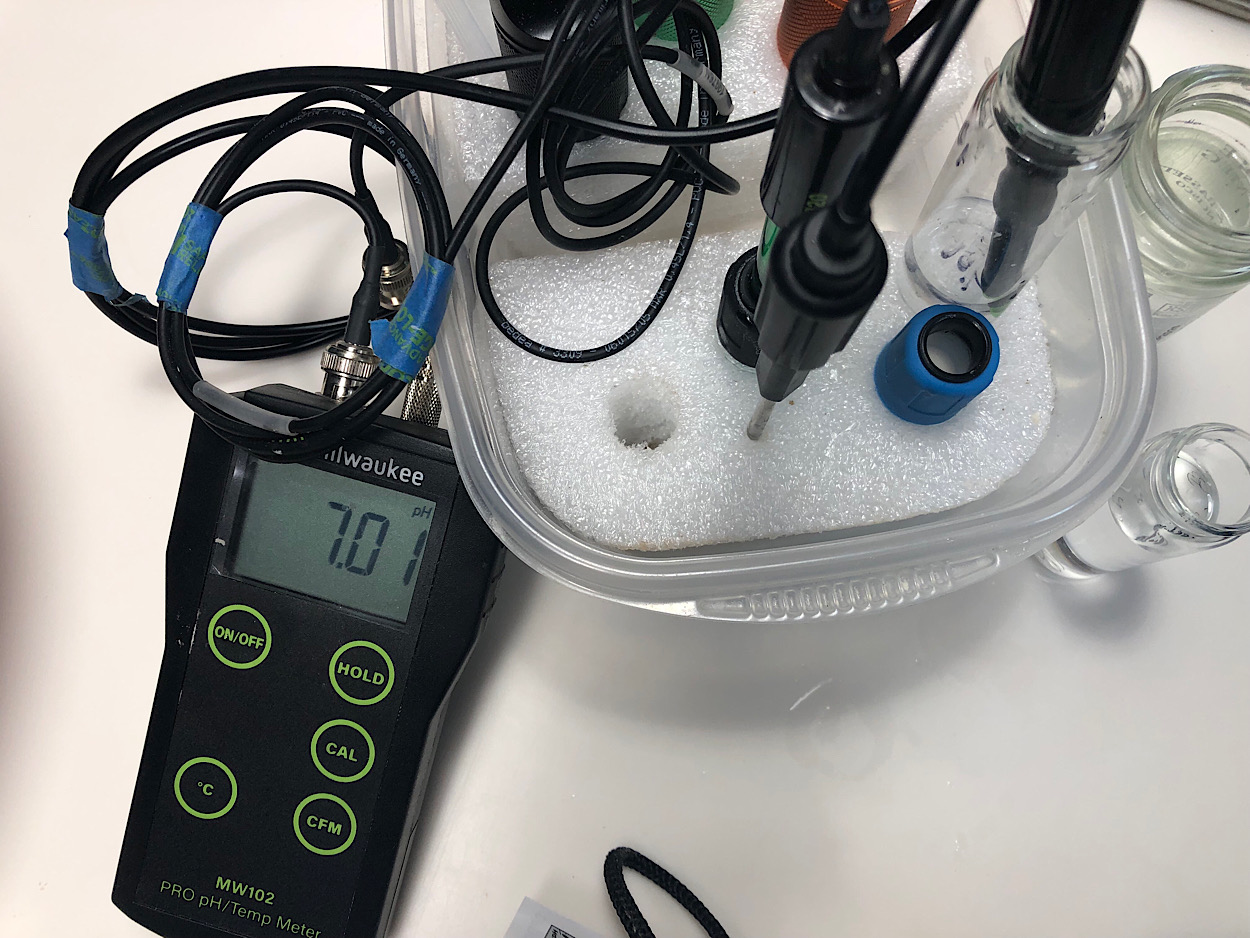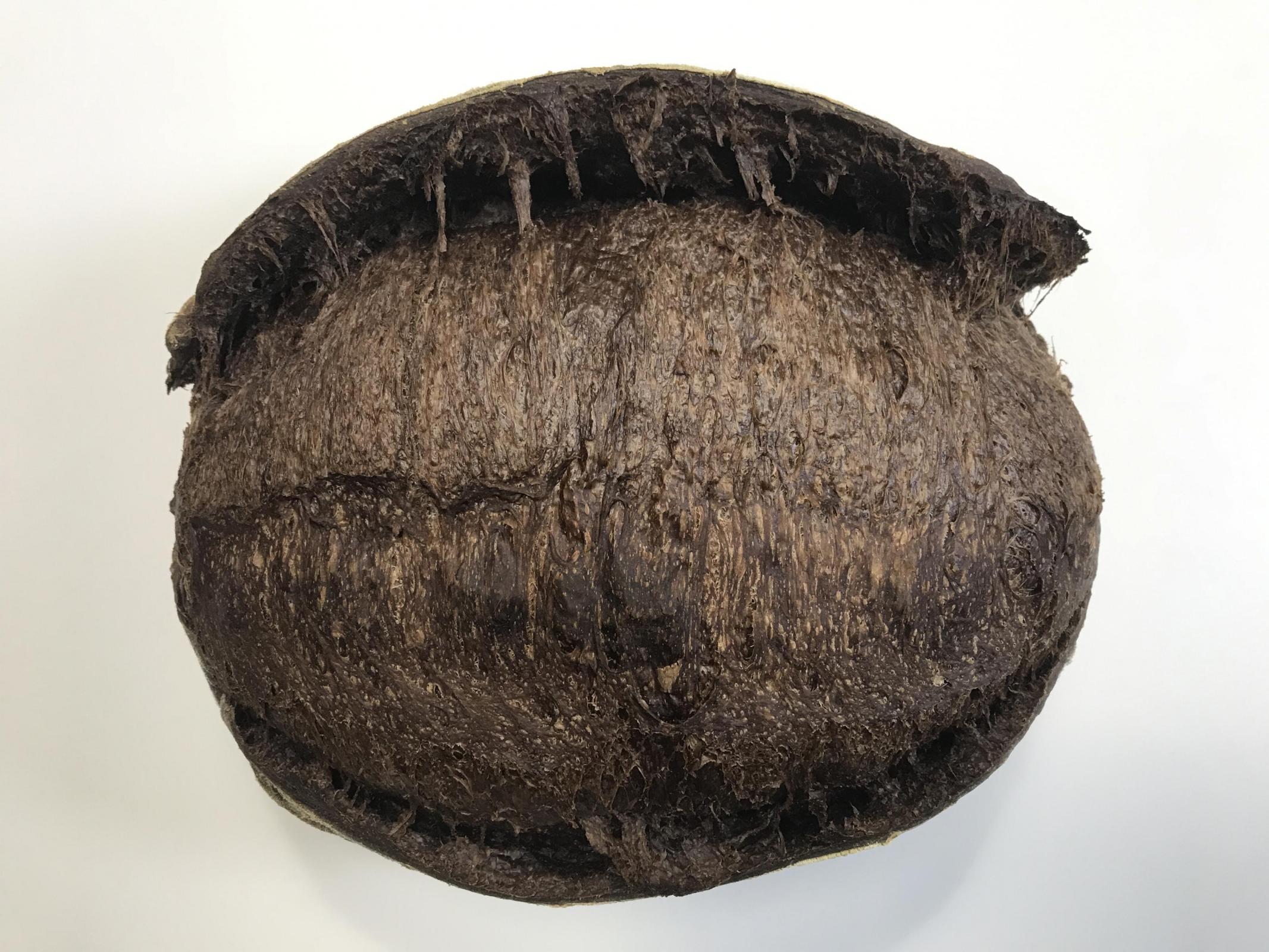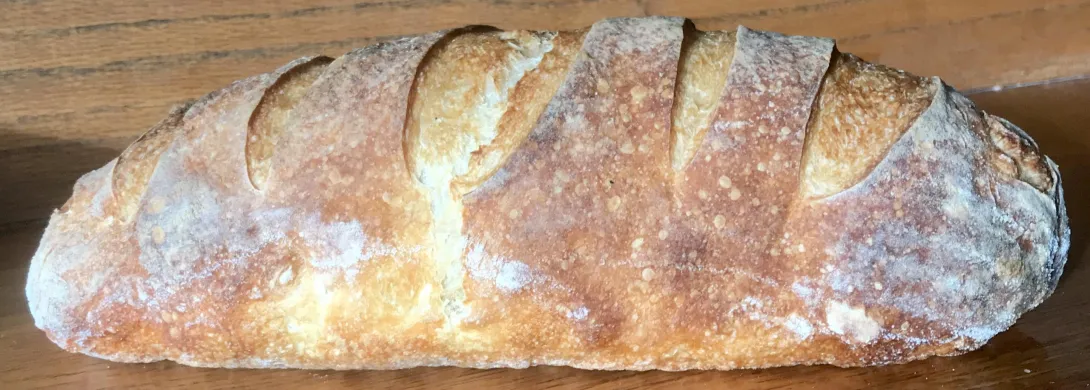Compare 3 Starters, 1 w/sugar
Benny started an interesting experiment that was right up my alley. He wanted to know the affect that sugar had on a SD starter. I am always looking to enhance the yeast in my starter. So here I go…

Images above and below show calibration before any readings were taken.


